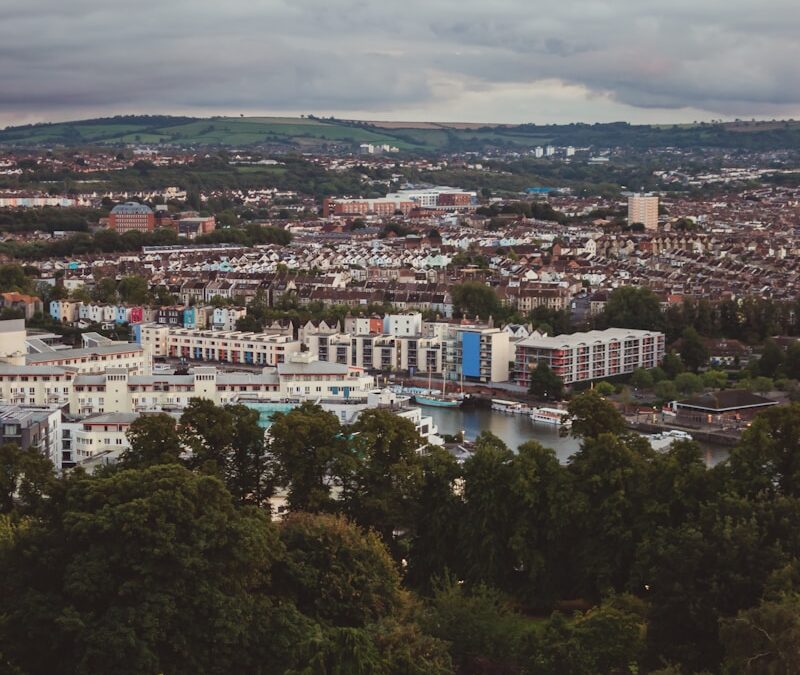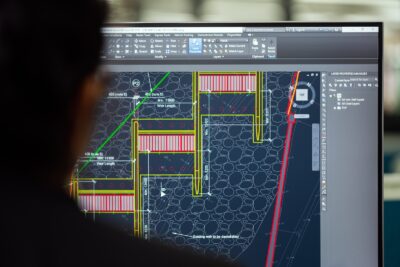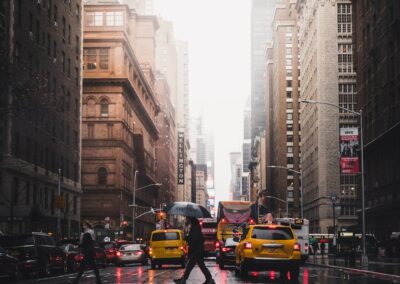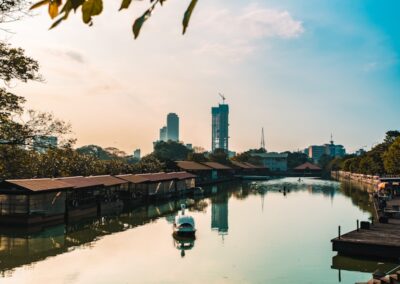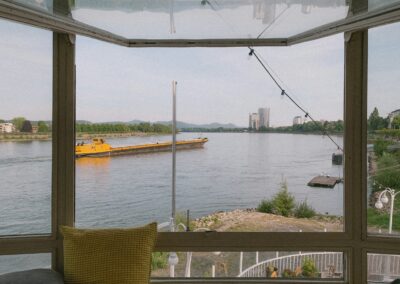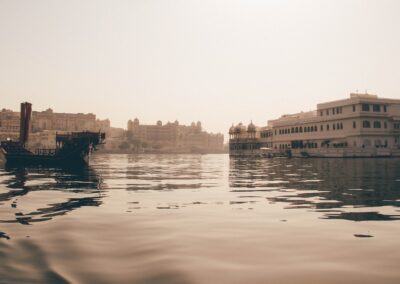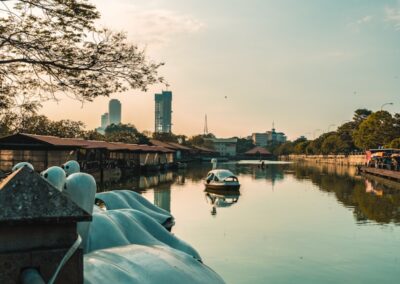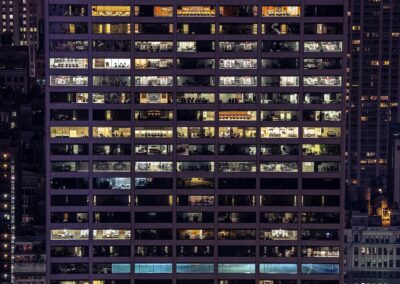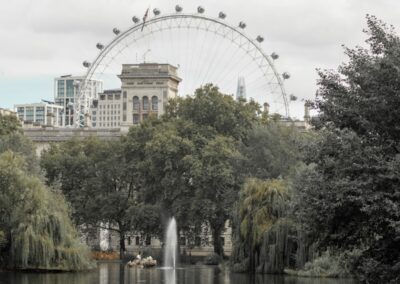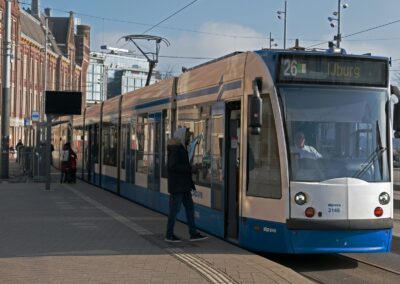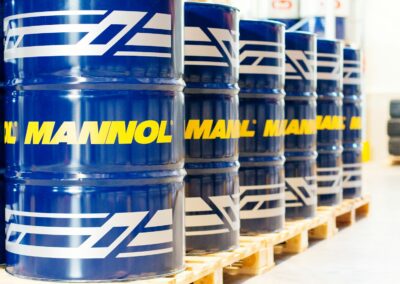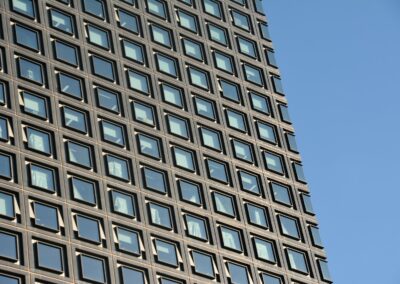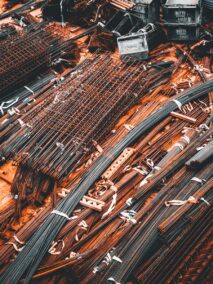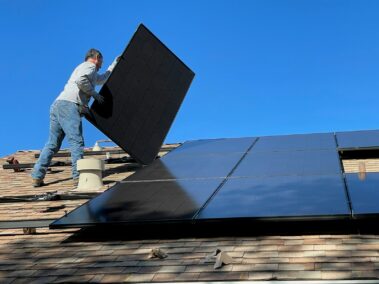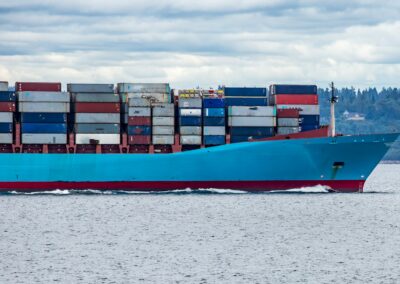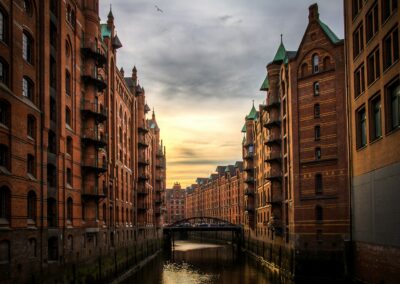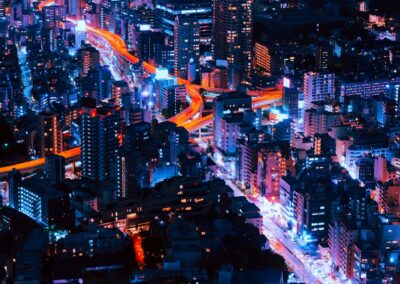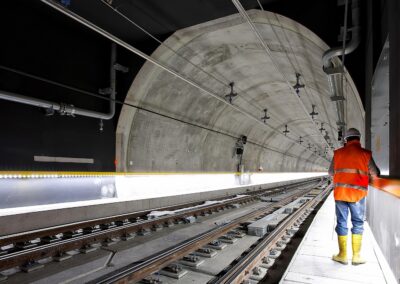Foundational Engineering Principles for Stability
The Role of Buoyancy and Balance
The integration of engineering principles of floating urban structures is essential for creating stable and durable environments on water. As cities like Riyadh and Dubai look towards innovative solutions to expand urban space, floating structures offer a sustainable and flexible alternative to traditional land-based development. These structures rely on fundamental principles of buoyancy and balance to ensure stability and safety.
Buoyancy is a key factor in the stability of floating structures. It involves the displacement of water to create an upward force that keeps the structure afloat. Engineers calculate the buoyant force by considering the volume of water displaced by the structure, ensuring it is sufficient to support the weight of the building and its occupants. This principle is crucial for preventing sinking and maintaining stability in various water conditions.
Balance, or equilibrium, is another critical aspect of floating structures. Engineers must design these structures to evenly distribute weight, preventing tilting or capsizing. This involves careful consideration of the center of gravity and the center of buoyancy. By aligning these centers appropriately, engineers can create structures that remain stable even when subjected to external forces such as waves or wind. In regions like Saudi Arabia and the UAE, where water-based developments are gaining interest, mastering these principles is essential for successful implementation.
Innovative Materials and Construction Techniques
The use of innovative materials and construction techniques plays a significant role in enhancing the stability and durability of floating urban structures. Traditional building materials may not perform well in marine environments, so engineers often opt for materials that offer superior resistance to water, corrosion, and structural stress.
For instance, high-performance concrete and composite materials are commonly used in the construction of floating structures. These materials provide the necessary strength and durability while being lightweight enough to maintain buoyancy. Additionally, advanced coatings and sealants are applied to protect against moisture and saltwater corrosion, extending the lifespan of the structures.
Modular construction techniques are also employed to enhance the flexibility and scalability of floating urban developments. Modular units can be prefabricated offsite and assembled on water, reducing construction time and minimizing environmental impact. This approach allows for easy maintenance and upgrades, ensuring the long-term sustainability of the structures. In Dubai, floating villas and resorts showcase the successful application of these materials and techniques, highlighting the city’s commitment to innovative urban solutions.
Environmental and Safety Considerations
Ensuring the environmental sustainability and safety of floating urban structures is paramount. Engineers and architects must consider the impact of these developments on the surrounding marine ecosystem and implement measures to minimize their ecological footprint. This involves selecting appropriate locations, using eco-friendly materials, and incorporating systems that support marine life.
Safety considerations include designing for extreme weather conditions, such as high winds, storms, and rising sea levels. Floating structures must be anchored securely to withstand these forces, often using a combination of mooring lines, anchors, and dynamic positioning systems. These systems allow the structures to adjust to changing water levels and conditions, maintaining stability and safety.
Furthermore, floating urban structures must comply with stringent building codes and regulations to ensure the safety and well-being of their occupants. This includes provisions for emergency evacuation, fire safety, and structural integrity. In Saudi Arabia and the UAE, where such projects are gaining momentum, adherence to these standards is critical for fostering public trust and ensuring the success of floating urban developments.
Architectural Design Principles for Durability
Innovative Architectural Solutions
The architectural design of floating urban structures requires a blend of innovation and practicality to ensure durability and functionality. Architects must create designs that are not only aesthetically pleasing but also resilient to the harsh marine environment. This involves incorporating features that enhance structural integrity and adaptability.
One approach is to design buildings with flexible foundations that can absorb and dissipate the energy from waves and currents. This reduces the stress on the structure and prevents damage over time. Additionally, architects can use aerodynamic shapes to minimize wind resistance and enhance stability. In Dubai, the Floating Seahorse villas exemplify such innovative architectural solutions, combining luxury with resilience.
Another important aspect is the integration of green technologies and sustainable practices. This includes using renewable energy sources, such as solar and wind power, to reduce the environmental impact of floating structures. Architects can also incorporate water recycling and waste management systems to enhance sustainability. These practices not only improve the durability of the structures but also align with global efforts to promote eco-friendly urban development.
Case Studies: Successful Floating Urban Developments
Several successful floating urban developments provide valuable insights into the application of engineering and architectural principles. In the UAE, the Dubai Floating Resort showcases the potential of floating structures to create luxurious and sustainable living spaces. This development features state-of-the-art materials and technologies that ensure stability and durability in the marine environment.
Similarly, the Water Discus Hotel in Saudi Arabia represents a groundbreaking approach to underwater and floating architecture. This project combines advanced engineering techniques with innovative design to create a unique and resilient structure. The hotel’s floating discs are anchored securely and designed to withstand harsh marine conditions, offering a safe and stable environment for guests.
These case studies highlight the importance of collaboration between engineers, architects, and environmental experts in creating successful floating urban developments. By leveraging advanced materials, innovative construction techniques, and sustainable practices, these projects demonstrate the viability of floating structures as a solution to urban expansion challenges in coastal cities.
Conclusion
In conclusion, the stability and durability of floating urban structures are underpinned by fundamental engineering and architectural principles. By understanding and applying these principles, cities like Riyadh and Dubai can leverage floating developments to address urbanization challenges sustainably and innovatively. Public-private partnerships, innovative materials, and environmental considerations play crucial roles in ensuring the success of these projects. As urban areas continue to expand, floating structures offer a promising solution for creating resilient, sustainable, and vibrant urban environments.
—
#FloatingUrbanStructures #EngineeringPrinciples #ArchitecturalDesign #SustainableArchitecture #UAEInnovation #SaudiArabiaUrbanProjects #LeadershipInUrbanDevelopment

